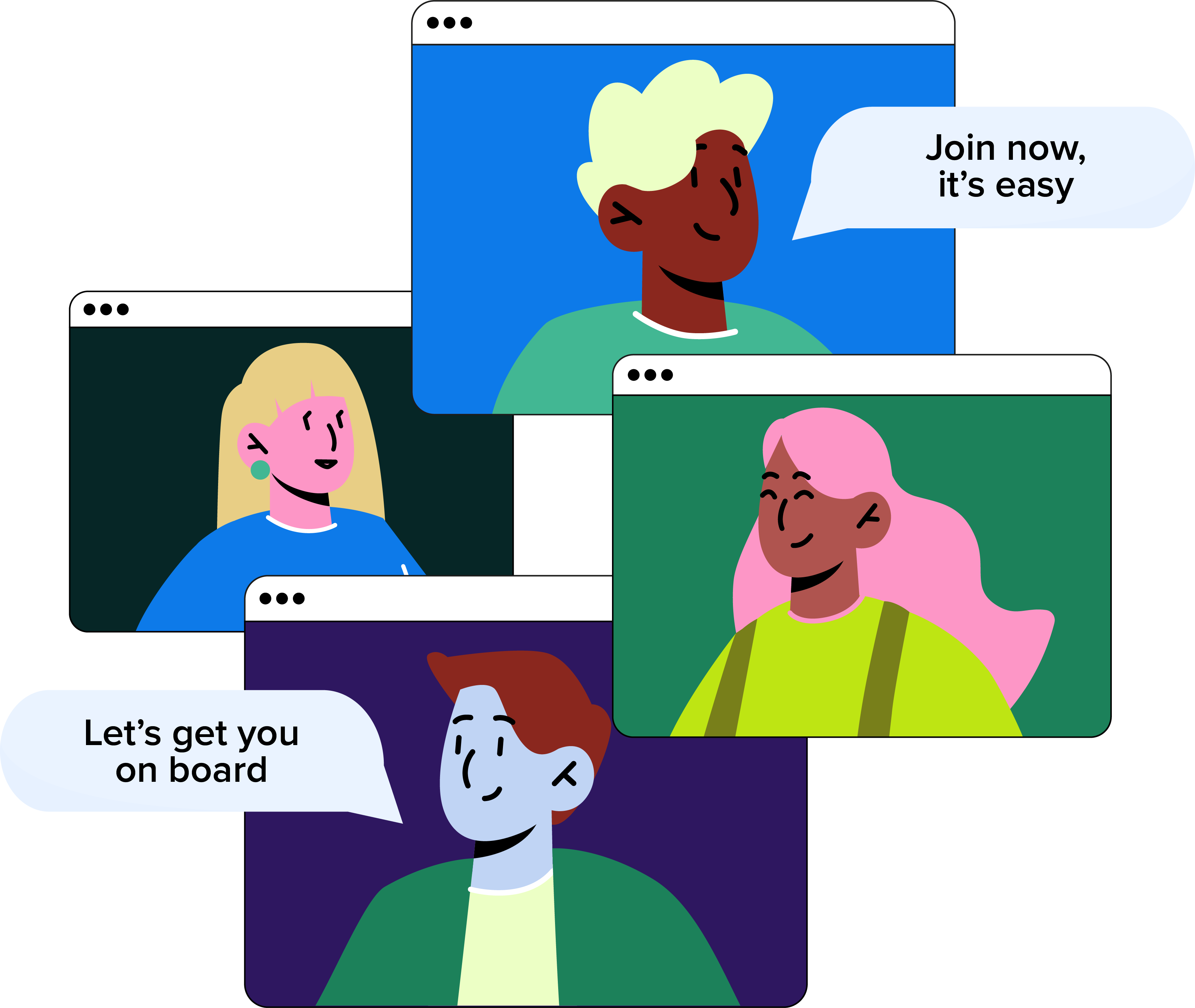As most businesses will by now be aware, yesterday evening Boris Johnson announced that the spread of the Omicron variant (the Covid-19 mutation originating in Africa) had reached such a level that the Government now considered it ‘proportionate and responsible’ to introduce new preventative measures, known as ‘Plan B’.
While we may have mixed feelings about this announcement, (and perhaps its timing), the concept of ‘Plan B’ is nothing new, as it formed part of the Government’s Autumn and Winter plans should the Covid-19 pandemic pose a further threat to the NHS.
So what does Plan B mean for businesses and, specifically, employers? Whilst the legislation in respect of these rules is yet to be published, the key dates set out in the Government Guidance are as follows:
1. From 10 December 2021, face coverings will be required by law in most indoor settings. Cinemas, theatres and places of worship have been added to the list of compulsory mask settings, although there are exemptions for certain hospitality settings, such as pubs or restaurants, or venues where it is "not practical to wear them" (such as where exercise or singing takes place – so not in nightclubs or gyms either).
2. From 13 December 2021, office workers who can work from home should do so. Anyone who cannot work from home should continue to go into work - for example, to access equipment or where the role must be completed in person.
3. From 15 December, the following venues and events will be required by law to check that all visitors aged 18 years or over are fully vaccinated, have had a negative test in the last 48 hours, or have an exemption (by using the NHS Covid Pass or proof of a negative test result):
• nightclubs and other late night dance venues;
• indoor events with 500 or more unseated attendees;
• outdoor events with 4,000 or more unseated attendees; and
• any events with 10,000 or more attendees indoor or outdoor, such as large sports and music events.
It is suggested in the Guidance that there are some settings that will be exempt from these requirements, including communal worship, wedding ceremonies, funerals and other commemorative events.
Working from home
For employers, there may be a sense of ‘déjà vu’, but the positive news is that (hopefully) the majority of businesses who employ people who can work from home already have the processes and structures in place to facilitate a shift to homeworking once again.
In addition, it is worth noting that there are a few important changes to the Guidance on working from home, which may be a welcome relief for many businesses. Firstly, and perhaps most importantly, it has been made clear by the Government that the latest working from home Guidance is advisory only and will not be a legal requirement, as it has been previously. This is reflected in the wording from the latest Guidance, which says only that employees who can work from home “should do so” rather than “must do so”.
Secondly, whereas historically the onus was on employers to provide equipment to facilitate homeworking, the Plan B Guidance suggests that if an employee does not have the necessary equipment to work from home, then they should attend work. It is also worth noting that Plan B differs to the original guidance in that it seems to only apply to office workers.
Finally, the Guidance now specifically confirms that where an employer believes that home working could cause an employee a mental or physical health difficulty, due consideration should be given to whether it would be appropriate to ask such employees to work from home. This appears to suggest that where employees are asked to work from home and they express a desire not to do so (given the impact of working from home on their mental health, or other issues they may have with their home working environment), an employer should not force an employee to do so.
From a practical point of view, although it would be difficult to see how an employer could refuse to allow home working where they have done previously without issue, and generally speaking businesses should try to follow this advice even without a legal obligation to do so, there does seem to be a little more flexibility with working from home under Plan B, so businesses are advised to begin communicating with their staff in respect of whether they can work from home (and whether they want to) and start putting in place measures to assist with this.
For businesses who have employees who simply cannot work from home, even on a hybrid basis, employers should encourage staff to take regular lateral flow tests, and ensure that their workplaces remain compliant with Government guidance on health and safety risks.
